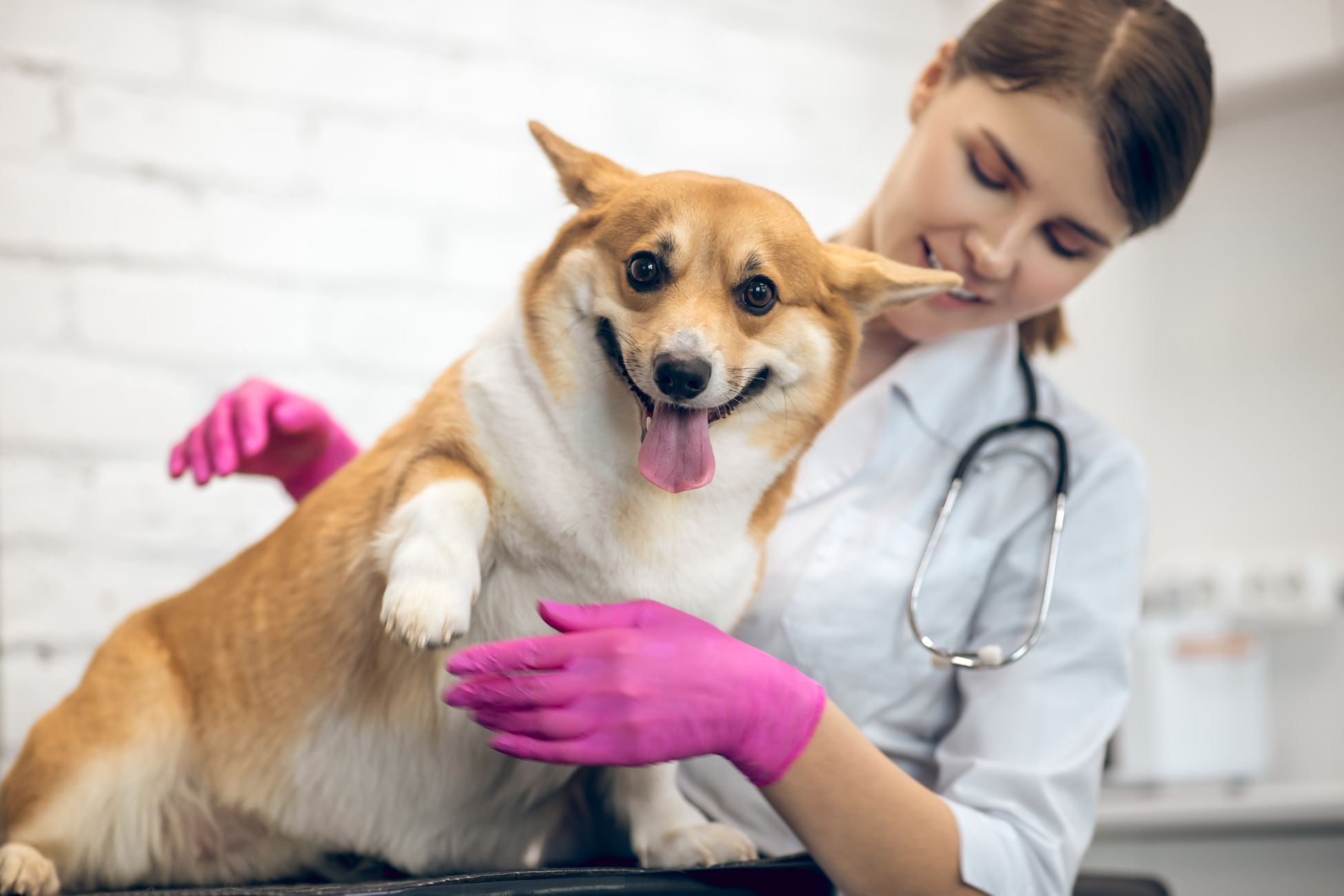
- by Dr.Thilo Senst
Preventing Dog Wound Infections: A Hilarious Guide to Dog Wound Relief
- by Dr.Thilo Senst
Let's face it—dogs have a knack for finding trouble. One minute they're chasing their tail, the next they're auditioning for the canine version of "Mission Impossible." If your furry friend comes home with a scratch or two, it's time to master the art of dog wound relief before a minor scrape turns into a dramatic ordeal worthy of an Oscar.
Ever notice how your dog gives you that innocent look after wreaking havoc? It's like they're saying, "What? The fence attacked me first!" Well, if your pup insists on living life on the edge, it's up to you to ensure those daring adventures don't lead to infections.
Prompt attention to your dog's wounds isn't just about keeping them comfortable; it's about preventing infections that could lead to more serious health issues.
According to the PDSA, over 150,000 dogs in the UK require treatment for wounds each year. That's more than the number of people who admit to liking marmite!
(Please note: Statistics are for illustrative purposes. For accurate data, consult official UK sources.)
First things first, take a good look at the wound. Is it a tiny scratch or does it look like they've tried to joust with a hedgehog?
Cleaning is crucial in dog wound relief to prevent bacteria from setting up shop.
After cleaning, apply a pet-safe antiseptic cream or spray.
For larger wounds, a bandage can protect the area.
You try to make it neat and tidy, but chances are they'll tear it off before you can say "sit."
|
Signs |
Description |
|
Redness |
Increased redness around the wound |
|
Swelling |
Area appears puffy or enlarged |
|
Discharge |
Presence of pus or unusual fluids |
|
Odour |
Unpleasant smell emanating from the wound |
|
Lethargy |
Decreased energy levels or appetite |
(Chart for illustrative purposes. For medical advice, consult your vet.)
Preventing wounds in the first place is ideal, but let's be real—dogs will be dogs.
They’re adorable, full of energy, and have an uncanny ability to find trouble where none should exist.
Q: Can I use human antiseptics on my dog's wound?
A: Unless your dog has started paying taxes and complaining about the weather, stick to pet-specific products.
Q: How often should I clean my dog's wound?
A: Generally, clean the wound once or twice daily. Overdoing it can irritate the area—much like how constant texting can annoy a new acquaintance.
Q: My dog keeps licking the wound. What should I do?
A: Consider using an Elizabethan collar (the infamous "cone of shame") or distract them with toys and treats.
Your dog might believe they're invincible, but it's up to you to play the sensible sidekick. With the right dog wound relief techniques, you can ensure minor scrapes don't turn into major dramas.
Before you dash off to stop your dog from digging to Australia, consider these fantastic products from the Dr. Senst Pets range:
With these tools in your kit, you're not just a dog owner—you're a canine superhero!
![]()
Enter your details & download our comprehensive 50+ page printable Dr. Senst Pet Care Planner completley FREE! - keep track of all your pet’s needs, from medical history and training to vet visits, grooming, diet, and more!










Share:
Essential Puppy Care: How to Survive Your New Fluffy Overlord
Boosting Your Cat's Immune System: A Hilarious Guide to Feline Fortitude